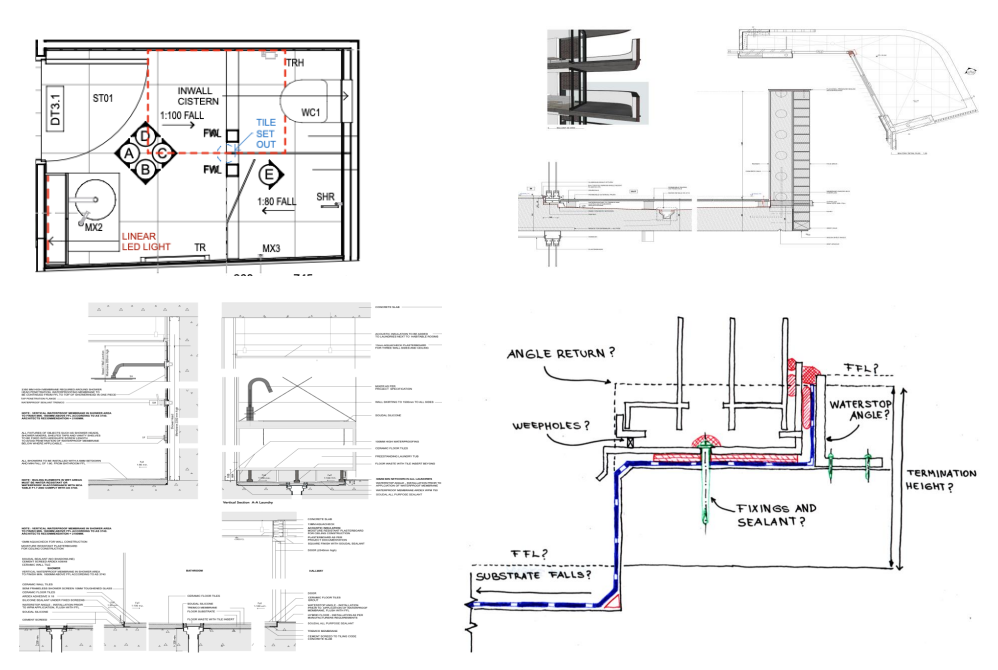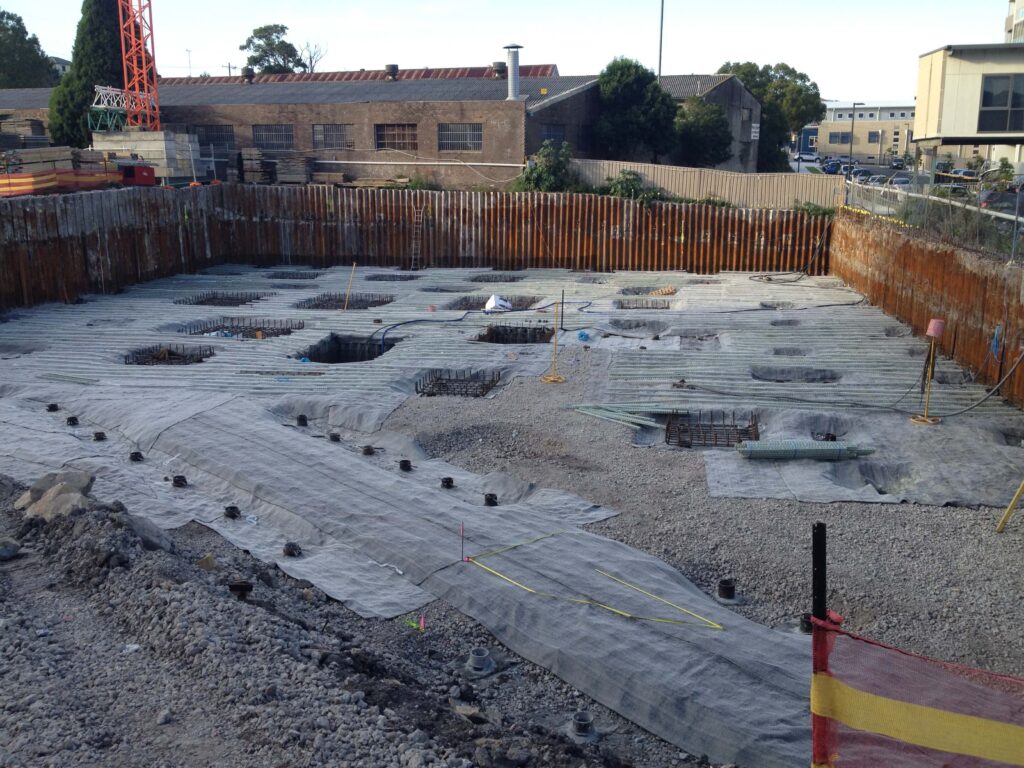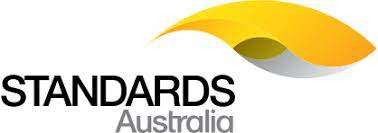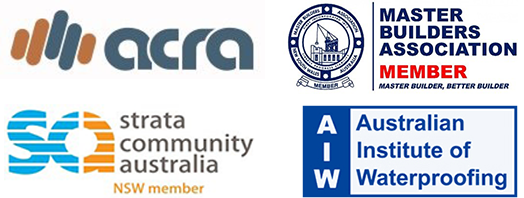WE ARE WATERPROOFING CONSULTANTS
Design & Compliance
Consultants
The introduction of the Design and Builders Practitioners Act 2020 and Residential Apartment Buildings (Compliance and Enforcement Powers) Act 2020, brought with it greater accountability for architects, builders, and developers when it comes to waterproofing design, testing and compliance.
Wardell Consulting utilises building and waterproofing experts to deliver guidance to architects, developers and builders at varied stages of projects.
Through consultation, we can review architectural details, select project-specific products, and provide documentation of waterproofing systems during the project’s design phase.
During construction, we can conduct on-site testing to ensure the waterproofing application is compliant with associated standards and the National Construction Code (NCC) and product specifications.
Through design consultation and site testing, we can advise on the compliance of waterproofing systems as stated in the NCC to include AS3740:2021, AS4654:2012.

Testing
On-Site Testing Inspections
We use a variety of on-site testing and inspection techniques in providing the best advice on waterproofing and guiding clients to achieve the best outcomes while reducing rectification costs:
- Compliance Inspections (Comp): these inspections ensure that the waterproofing work complies with Australian Standards, including termination detail, heights, and water stop angle details.
- Water Testing (WAT): this method involves flooding surfaces with water for a certain time period to test for leaks.
- Ultrasonic Thickness Testing (ULT): this method uses an ultrasonic thickness gauge to measure the total thickness of a waterproof membrane without damaging it.
- Electronic Leak Detection (ELD): a non-destructive test that can be used as a substitute for a flood test, ELD detects coating film breaches and pinholes that are not readily visible by creating an electric circuit through non-conductive membranes.
- Adhesion Testing (ADH): a test to ensure the bond of a waterproofing system to a substrate, involving the destruction of a small area of the system.
- Substrate Inspections (SUB): Before applying the membrane, these inspections check the concrete substrate for moisture levels, imperfections, and adequate drainage.
- Seam Probe Testing (SPT) for sheet membrane systems: to verify correct welding, all laps are probed for breaches during this test.





